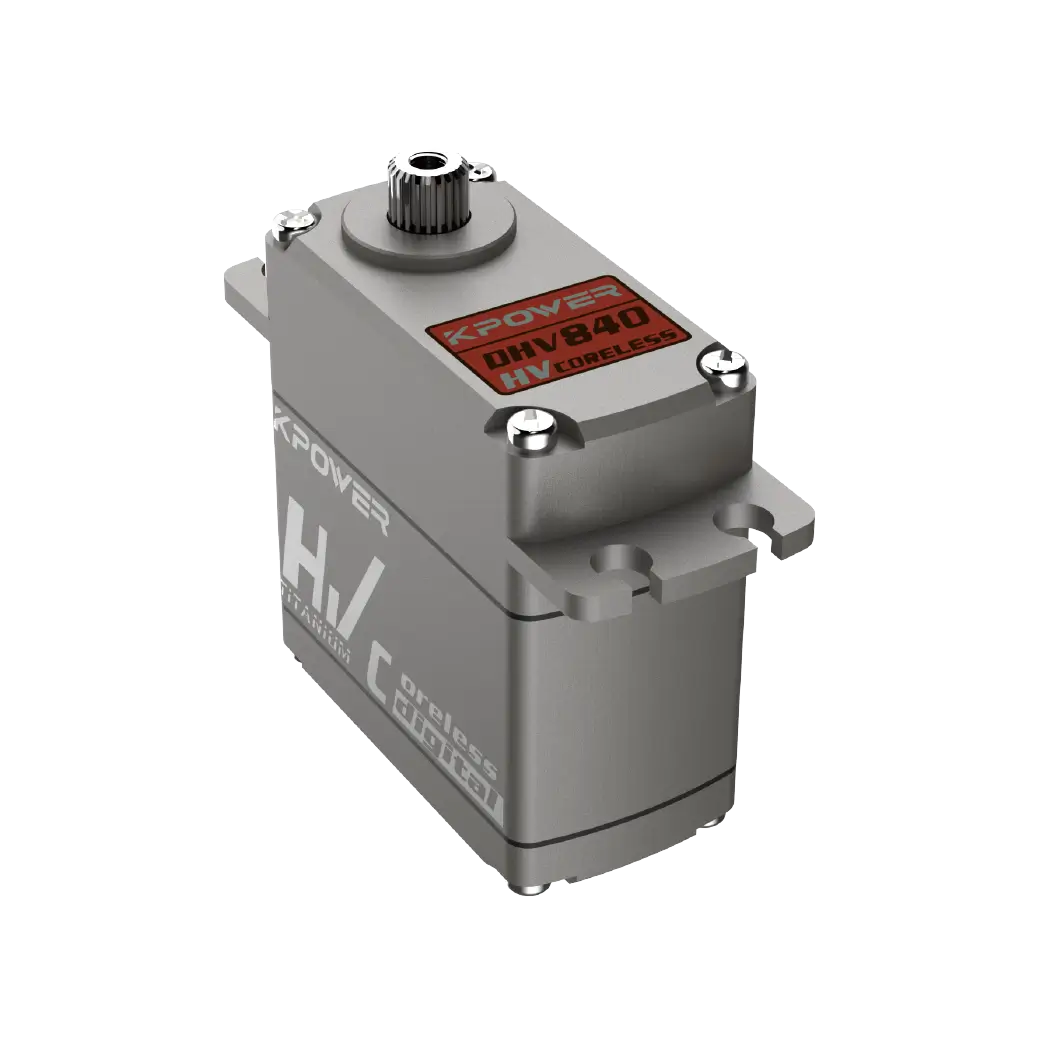The Tiny Powerhouse: What Makes a Micro Servo Tick?
Imagine a motor so small it fits in the palm of your hand, yet precise enough to rotate a camera lens, adjust a robot’s grip, or even mimic the flutter of a butterfly’s wings. Meet the standard micro servo motor—a marvel of engineering that’s quietly powering innovations from hobbyist workshops to high-tech labs.

At its core, a micro servo is a closed-loop control system. Unlike ordinary motors that spin freely, servos integrate a motor, gearbox, potentiometer, and control circuitry into a single compact unit. This setup allows them to move to specific angles and hold positions with remarkable accuracy. The magic lies in feedback: the potentiometer continuously monitors the motor’s position, sending data to the control board, which adjusts rotation in real time. It’s like having a built-in sense of direction—no guesswork, no overshooting.
Why Size Matters
Micro servos typically weigh between 5 to 25 grams, with dimensions as small as 20mm x 10mm. Their lightweight design makes them ideal for applications where space and weight are critical. Think drones that need agile maneuverability or wearable tech that can’t afford bulk. But don’t let their size fool you. These motors pack a punch, offering torque ranges from 1.5 kg-cm to 6 kg-cm—enough to lift small objects, pivot sensors, or even steer a miniaturized Mars rover prototype.
Hobbyists’ Best Friend
The rise of DIY culture has turned micro servos into a staple for makers. From animatronic Halloween decorations to custom robotic arms, these motors bridge the gap between imagination and reality. Take the example of a Raspberry Pi-powered cat feeder: a micro servo rotates a gate to release kibble on schedule, all controlled via a smartphone app. It’s simple, affordable, and endlessly customizable.
RC enthusiasts also swear by micro servos. In model airplanes, they adjust wing flaps for smooth turns; in rock crawlers, they fine-tune steering angles over rugged terrain. Their durability under frequent movement—most servos handle 10,000+ cycles—makes them a reliable choice for high-intensity hobbies.
The Science of Precision
What sets micro servos apart from standard DC motors is their ability to “listen and correct.” Suppose you program one to turn 90 degrees. If an external force (like a finger nudging it) disrupts the motion, the servo detects the interference and recalibrates. This responsiveness is invaluable in robotics, where precision is non-negotiable. For instance, in surgical robots, micro servos help manipulate tools at sub-millimeter scales, reducing human error in delicate procedures.
Beyond Hobbies: Micro Servos in the Real World
While hobby projects showcase creativity, micro servos are also driving industrial and commercial breakthroughs. Automated guided vehicles (AGVs) in warehouses use them to navigate tight aisles, while smart home systems rely on servos to adjust vents for optimal airflow. Even the entertainment industry leans on these motors—think lifelike animatronics in theme parks or dynamic camera rigs in film studios.
The Automation Revolution
In factories, micro servos are the unsung heroes of assembly lines. They position components for soldering, sort items on conveyor belts, and even test buttons on devices before packaging. Their speed and repeatability cut production times while minimizing waste. One automotive manufacturer reported a 15% efficiency boost after integrating servo-driven arms to install circuit boards in dashboards.
Smart agriculture is another frontier. Micro servos automate greenhouse systems, adjusting light panels or opening roof vents based on sensor data. In vertical farms, they rotate plant trays to ensure even sun exposure, boosting crop yields without human intervention.
The Future: Smaller, Smarter, Stronger
As IoT and AI evolve, so do micro servos. Next-gen models feature Bluetooth connectivity, allowing users to control them via voice commands or apps. Researchers are experimenting with biodegradable casings for eco-friendly disposables and piezoelectric materials for ultra-quiet operation. There’s even talk of nanoscale servos for medical nanobots that could deliver drugs directly to cells.
Choosing the Right Servo: A Quick Guide
Not all micro servos are created equal. Here’s what to consider:
Torque vs. Speed: High torque (e.g., 6 kg-cm) suits heavy lifting; low torque (1.5 kg-cm) works for quick, light tasks. Analog vs. Digital: Digital servos offer faster response and finer control but cost more. Material: Plastic gears are quieter; metal gears handle stress better. Voltage: Most run on 4.8–6V, but check compatibility with your power source.
For a solar-powered weather station, a lightweight plastic-gear servo might suffice. For a combat robot? Go metal gears and high torque.
Final Thoughts
The standard micro servo motor is more than a component—it’s a catalyst for innovation. Whether you’re a tinkerer building a robot dog or an engineer designing the next Mars rover, these tiny motors offer limitless possibilities. And as technology shrinks, their role will only grow bigger. So next time you see a drone doing flips or a smart mirror tilting to your face, remember: there’s a micro servo behind the scenes, making it all look effortless.
This article balances technical insights with relatable examples, avoiding jargon while highlighting the servo’s versatility. Its structure guides readers from basics to advanced applications, ending with practical advice to empower decision-making.











































